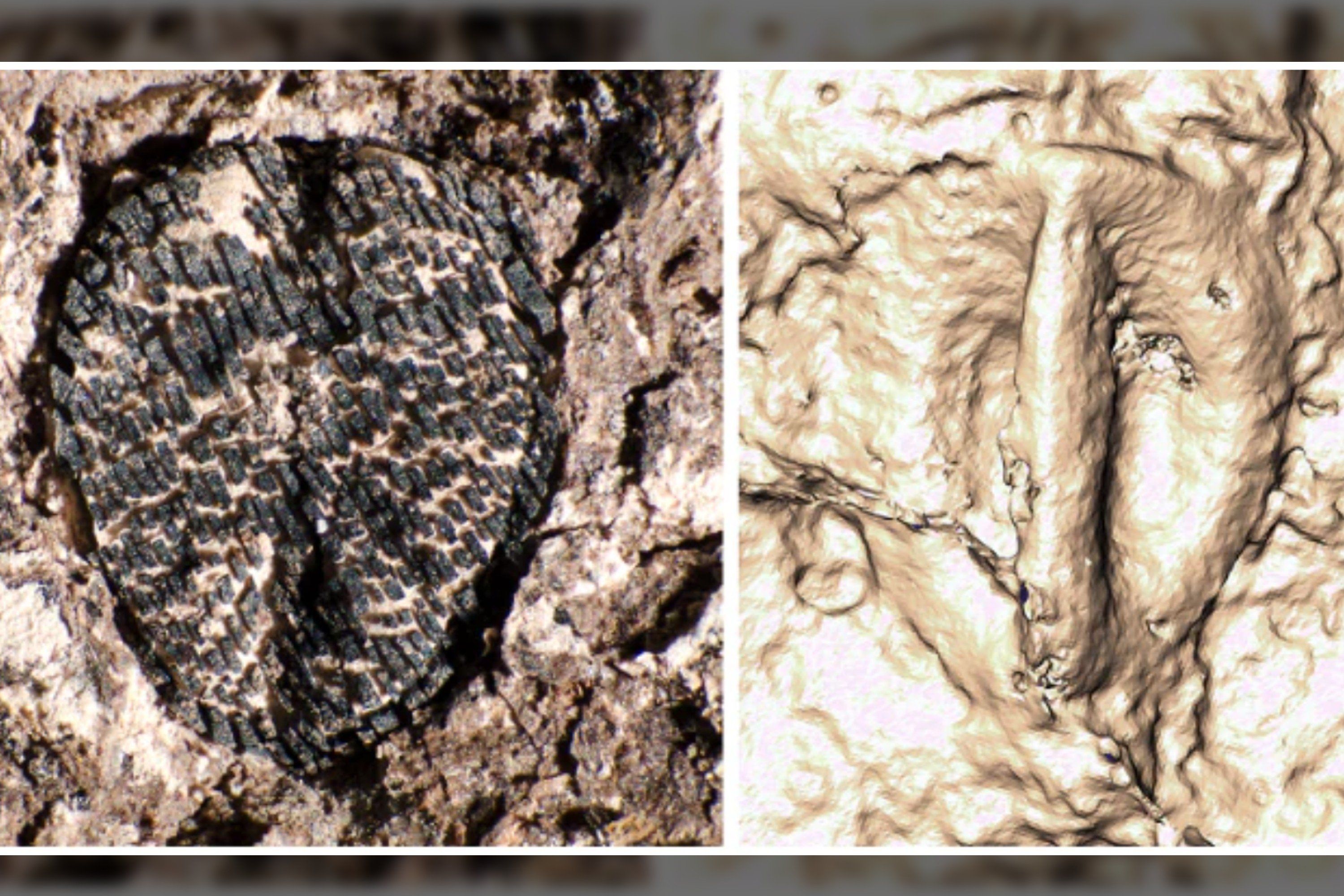
WE CAN THANK THE DEATH OF THE DINOSAURS FOR THE BIRTH OF WINE
Wine connoisseurs love a good vintage, but even they would be stunned to learn that the oldest grapes in the world are 66 million years old.
And yet, it turns out that we may have the extinction of the dinosaurs to thank for sophisticates’ favourite tipple.
Researchers have found new evidence of how the grape family spread in the years following the death of the once-dominant reptiles, suggesting that the fruit’s prosperity owes a debt of gratitude to the Earth-shattering asteroid that wiped the beasts out.
Experts have now unearthed fossilised grape seeds in Colombia, Panama and Peru that range in age from 19 to 60 million years old, with one of the species representing the earliest known example of the fruit in the Western Hemisphere.
“These are the oldest grapes ever found in this part of the world, and they’re a few million years younger than the oldest ones ever found on the other side of the planet,” Fabiany Herrera, a paleobotanist who led the research which has just been published in the journal Nature Plants, said in a statement.
“This discovery is important because it shows that after the extinction of the dinosaurs, grapes really started to spread across the world.”
Soft tissues like fruits are rarely preserved as fossils, so scientists rely on their seeds, which are more likely to fossilise, to study their origins.
The earliest known grape seed fossils were found in India and are 66 million years old.
This staggering age is no coincidence, the experts say – 66 million years ago is around the time the dinosaur-killing asteroid struck the Earth.
“We always think about the animals, the dinosaurs, because they were the biggest things to be affected, but the extinction event had a huge impact on plants too,” Herrera, who is an assistant curator at the Field Museum inChicago’s Negaunee Integrative Research Center, pointed out. “The forest reset itself, in a way that changed the composition of the plants.”
Herrera and his colleagues hypothesise that the reptiles’ disappearance may have helped plants to flourish.
“Large animals, such as dinosaurs, are known to alter their surrounding ecosystems,” Mónica Carvalho, one of the paper’s co-authors and assistant curator at the University of Michigan’s Museum of Paleontology, said in the same statement.
“We think that if there were large dinosaurs roaming through the forest, they were likely knocking down trees, effectively maintaining forests more open than they are today,”
But without large dinosaurs to keep them in check – some tropical forests, including those in South America – became more crowded, as layers of trees formed an understory and a canopy.
These new, dense forests offered new opportunities for plants and animals to thrive.
“In the fossil record, we start to see more plants that use vines to climb up trees, like grapes, around this time,” Herrera explained, noting that the diversification of birds and mammals in the years following the mass extinction would have helped grapes to spread their seeds.
In 2013, Herrera’s PhD advisor and senior author of the new paper, Steven Manchester, published a study describing the oldest known grape seed fossil, from India.
And whilst no fossil grapes had ever been found in South America, Herrera suspected he could find some there, too.
“Grapes have an extensive fossil record that starts about 50 million years ago, so I wanted to discover one in South America, but it was like looking for a needle in a haystack,” Herrera admitted.
“I've been looking for the oldest grape in the Western Hemisphere since I was an undergrad student.”
But in 2022, Herrera and his co-author Mónica Carvalho were conducting fieldwork in the Colombian Andes when a fossil caught Carvalho’s eye.
“She looked at me and said, ‘Fabiany, a grape!’ And then I looked at it, I was like, ‘Oh my God.’ It was so exciting,” Herrera recalled.
The fossil was in a 60-million-year-old rock, making it not only the first South American grape fossil, but among the world’s oldest grape fossils as well.
The fossil seed itself is tiny, but Herrera and Carvalho were able to identify it based on its particular shape, size, and other morphological features.
Back in the lab, they conducted CT scans showing its internal structure that confirmed its identity.
The team named the fossil Lithouva susmanii – or “Susman’s stone grape,” in honour of Arthur T. Susman, a supporter of South American paleobotany at the Field Museum.
“This new species is also important because it supports a South American origin of the group in which the common grape vine Vitis evolved,” said co-author Gregory Stull of the National Museum of Natural History.
Given the environmental issues our planet is currently facing – including the potential for mass extinction – Herrera stressed the value of studies such as this one because they shed light on how biodiversity crises play out.
“But the other thing I like about these fossils is that these little tiny, humble seeds can tell us so much about the evolution of the forest,” he added.
Sign up for our free Indy100 weekly newsletter
How to join the indy100's free WhatsApp channel
/em> 2024-07-02T07:28:29Z dg43tfdfdgfd